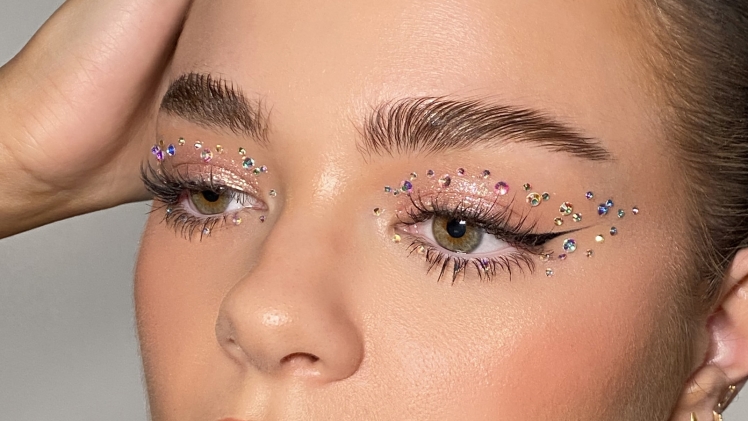Plastic or borosilicate glasses are the two main ingredients used in Cosmetic Glitter, and they are widely available in the market. You will find them in Pat McGrath Astral Solstice, Color Pop Eye shadows, and Kara Shimmer Trios. They are common ingredients in mainstream powder eye shadows. Read on to learn more about their benefits and disadvantages. This article discusses the pros and cons of plastic glitter.
Disadvantages of plastic glitter
There are several reasons to avoid plastic glitter in cosmetic products. Not only can the glitter be a source of pollution, but it can also be toxic to aquatic life. Various research projects have examined the impacts of glitter on freshwater habitats. One study found that glitter from the Mariana Trench can affect animals’ hormones and lead to starvation. Ultimately, environmentalists suggest that all glitter should be banned.
Despite its negative impact on the environment, glitter particles are common in makeup products. Studies have shown that a third of fish in the North Sea were found to contain micro plastics. According to the petitioners, banning plastic glitter in the UK would be an important step toward preventing its pollution and send a strong message to other countries. However, many companies continue to sell glitter in spite of this negative impact.
Traditional glitter contains aluminum-coated plastic that is highly corrosive to the environment. The metal-coated plastic also contains micro plastic. In addition, glitters made of this material may lead to skin damage and break outs due to repeated rubbing. Plastic glitter is not biodegradable as most of them measure only five millimeters in length and don’t pass through water treatment facilities. Ultimately, they end up in waterways and drinking water.
Alternatives to plastic glitter
Among the alternatives to plastic galglitter Supply in cosmetics are biodegradable and plant-based materials. Known as Waster body glitter, it does not contain toxic substances and is gentle on skin. Biodegradable glitters are widely available in the market and come in different festival-friendly sizes. They can be easily wiped off from the skin and are non-toxic. This type of glitter does not affect the flavor of the food.
Mica is a mineral-based alternative, but the mining process is highly energy-intensive and has a history of unethical practices. However, brands such as Anther have started using synthetic mica, also known as synthetic fluorphlogopite, which has passed the expert panel at the Cosmetic Ingredient Review. This form is also purer and brighter than natural mica. However, you should keep in mind that natural micas have a long shelf life.
Mica is a biodegradable alternative to plastic glitter. Mica is made from mineral pigments, which are biodegradable. Mica and cellulose are biodegradable and can be used in cosmetics. The chemical formulas of these three alternatives are nearly identical, and both glitters are equally effective. They both increase the color and shine of the products. The effect of mica and cellulose is similar to plastic glitter, and the production of chlorophyll decreases by two-thirds.
Concerns about cosmetic-grade glitter
Cosmetic Glitter Powder is available in various forms, from shimmery to sheer. Many brands, including Too Faced and Glam Glow, insist that it’s safe to use on the face. However, there are some concerns about the safety of this ingredient. If you’ve ever had to remove your makeup and been bothered by the glitter, you know just how abrasive it is. Here’s a dermatologist’s opinion on the issue.
The most common form of cosmetic-grade glitter is plastic, or polyethylene terephthalate. While there are some alternatives, most glitter is made from plastic, and the environmental impact of using it is not fully understood. The good news is that some brands are making the transition to biodegradable glitter, and that this type of cosmetic material has become more widely available. While cosmetic-grade glitter is still far less harmful than plastic, some consumers are concerned about the safety of cosmetic-grade glitter.
Final Remarks
Whether or not a cosmetic-grade glitter is safe depends on the quality of the additives used. Some ingredients are banned or restricted because of their potential to harm the skin. Some of the more popular brands of cosmetic-grade glitter, such as Glitters, have FDA-certification, making them a safe choice for face and body applications. However, if you’re not sure, you can contact the FDA or your local health department to seek advice.

